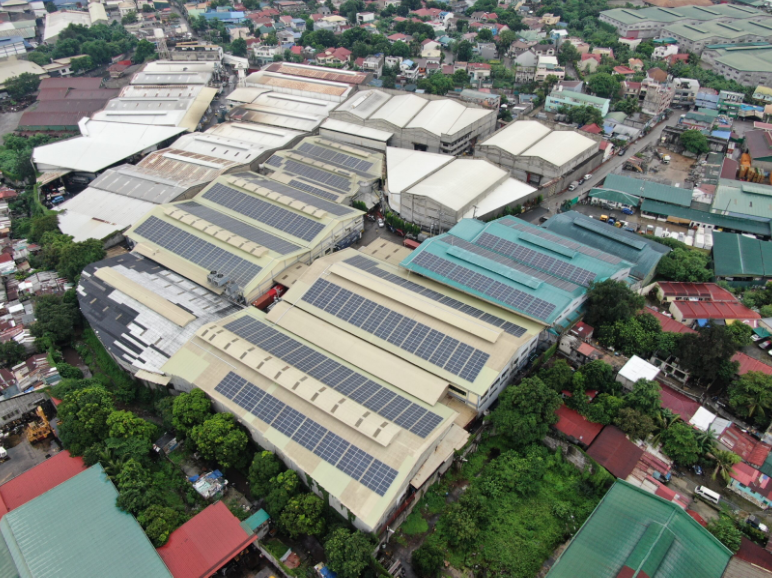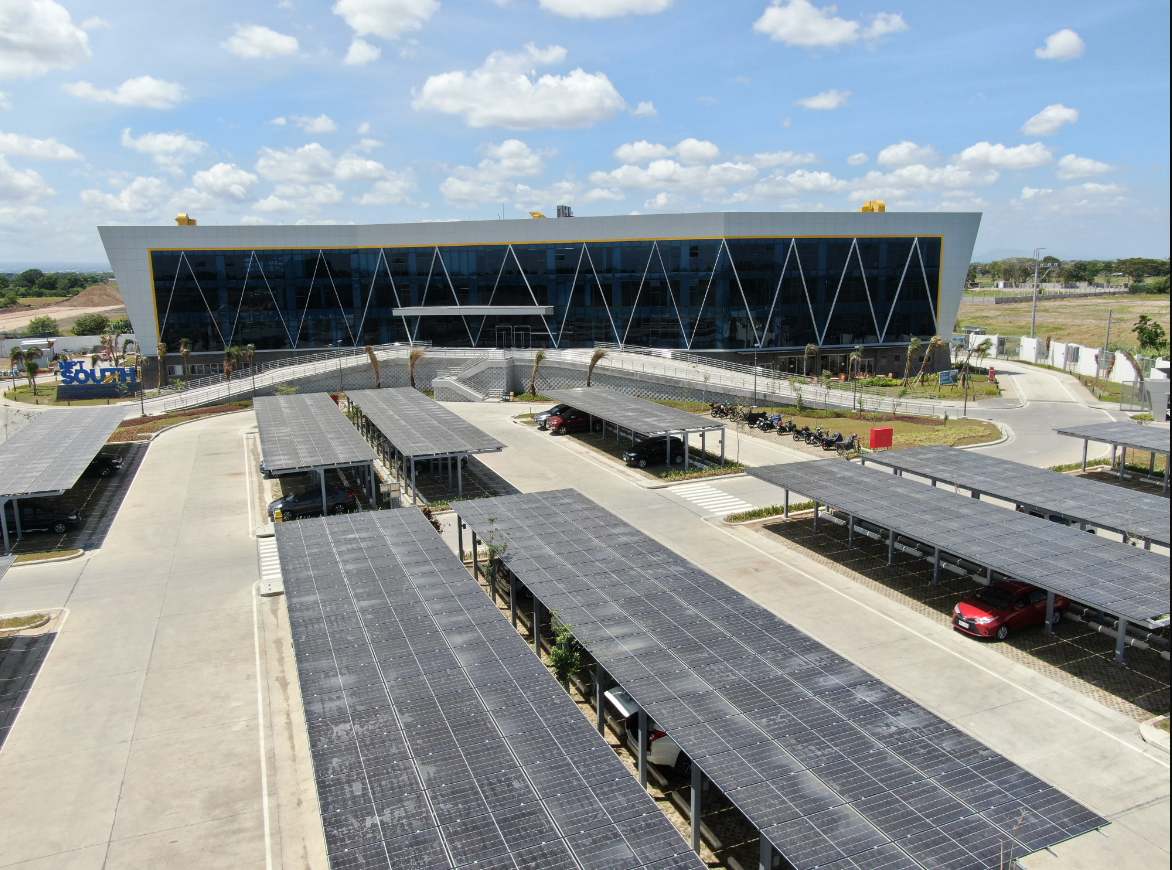Solar energy is a renewable and clean source of power that has been rapidly gaining traction in recent years. As the world becomes increasingly conscious of the need to reduce carbon emissions and adopt sustainable practices, the manufacturing industry has been exploring ways to incorporate solar energy into its operations. This article will explore the numerous benefits of using solar energy in manufacturing processes and the challenges and considerations that come with its implementation.
Solar energy is generated by converting the sun’s radiation into electricity through the use of photovoltaic (PV) cells. These cells are made from semiconductor materials, such as silicon, that absorb sunlight and generate an electrical current. As the technology behind solar energy continues to advance, the efficiency and cost-effectiveness of solar panels have improved, making them an increasingly attractive option for businesses and industries.
The Environmental Benefits of Solar Energy in Manufacturing
One of the primary advantages of using solar energy in factories and manufacturing is its positive impact on the environment. Traditional manufacturing processes often rely on fossil fuels, which contribute to the release of greenhouse gas emissions and climate change. By transitioning to solar energy, manufacturers can significantly reduce their carbon footprint and play a crucial role in the fight against global warming.
Moreover, the use of solar energy in manufacturing aligns with the growing demand for sustainable and eco-friendly products. Consumers are becoming more conscious of the environmental impact of the goods they purchase, and companies that can demonstrate their commitment to sustainability are more likely to attract and retain customers.
How Solar Energy Can Reduce Manufacturing Costs
In addition to the environmental benefits, solar energy can also lead to significant cost savings for manufacturing companies. The initial investment in solar panels and installation may be high unless they opt for a Solar Power Purchase Agreement, but the long-term savings in energy costs can quickly offset these expenses.
Solar energy is a reliable and predictable source of power, which can help manufacturers avoid the fluctuations in electricity prices that are often associated with traditional energy sources. This stability can lead to more accurate budgeting and financial planning, allowing companies to better manage operational costs.
Furthermore, many governments and organizations offer incentives and tax credits for businesses that adopt renewable energy solutions, such as solar power. These financial incentives can further reduce the upfront costs of transitioning to solar energy, making it a more attractive option for manufacturers.
Challenges and Considerations for Implementing Solar Energy in Manufacturing
While the benefits of using solar energy in manufacturing are substantial, companies must also address several challenges and considerations when implementing this technology.
If a company will partner with a Solar EPC (Engineering, Procurement and Construction) provider, one of the primary challenges is the upfront cost of installing solar panels and the associated infrastructure. Depending on the size and scale of the manufacturing facility, the initial investment can be significant. If a company would prefer zero upfront costs, they can opt for Solar PPA (Power Purchase Agreement). However, they should consider if they are willing to commit to a 10-25-year contract with the Solar PPA supplier.
Another consideration is the availability of space for solar panel installation. Manufacturers may need to assess the physical layout of their facilities and determine the optimal placement of solar panels to maximize their efficiency and energy generation.
Additionally, manufacturers must ensure that their solar energy systems are properly integrated with their existing electrical infrastructure and that they have the necessary backup and storage solutions in place to maintain a reliable power supply during periods of low sunlight or high energy demand.
Resources and Funding Options for Transitioning to Solar Energy in Manufacturing
Fortunately, manufacturers who are interested in transitioning to solar energy have a variety of resources and funding options available. Many government agencies and non-profit organizations offer programs and incentives, including tax credits, grants, and low-interest loans, to support the adoption of renewable energy solutions.
Manufacturers can also explore partnerships with solar energy service providers like Berde Renewables, who can help design, install, and maintain solar energy systems, often with little to no upfront cost for the customer.
Final Thoughts
As the world continues to grapple with climate change challenges and the need for sustainable practices, the manufacturing industry has a critical role in transitioning to renewable energy sources. Manufacturers can reduce their environmental impact by harnessing the sun’s power through solar energy and reap significant cost savings and competitive advantages.
In addition to cost savings, adopting solar energy can enhance a manufacturer’s operational resilience. By generating their own electricity, companies can mitigate the risks associated with fluctuating energy prices and supply disruptions. Furthermore, integrating solar energy into manufacturing processes can foster innovation, as companies explore new technologies and practices that align with sustainability goals. This proactive approach not only benefits the environment but also positions manufacturers to meet the evolving expectations of consumers and stakeholders who prioritize sustainability.
While implementing solar energy in manufacturing may present challenges, the long-term benefits far outweigh the short-term obstacles. By taking the necessary steps to incorporate solar energy into their operations, manufacturers can position themselves as leaders in the sustainable and eco-friendly production of goods, ultimately contributing to a brighter and more sustainable future for all.
Discover how your manufacturing business can harness the power of solar energy and unlock a more sustainable, cost-effective future. Berde Renewables is a renewable energy solutions company that provides Solar PPA, Asset Management, Solar EPC, Solar PV Operations and Maintenance, and Battery Storage. We are a portfolio company under Isquared Capital that has a strong track record of successful solar projects all over the Philippines. Contact our solar energy experts today to learn more about the available resources, funding options, and tailored solutions that can revolutionize your operations.


